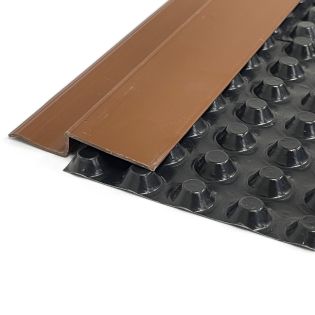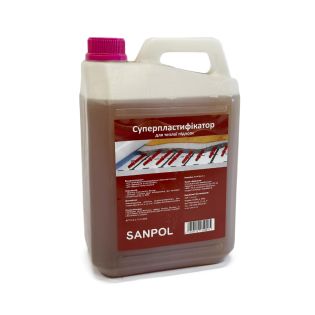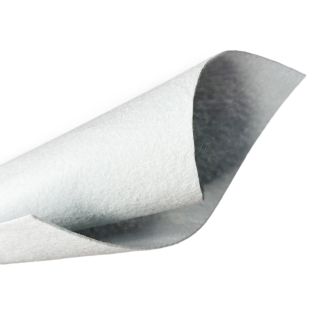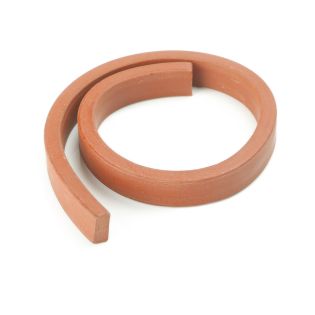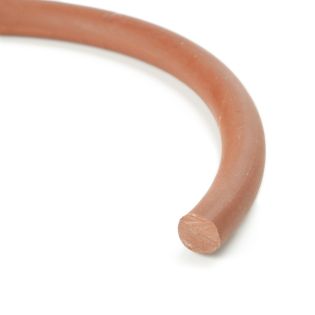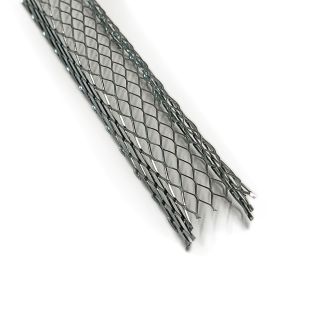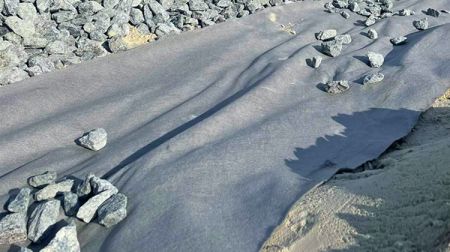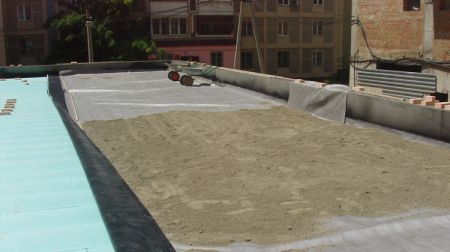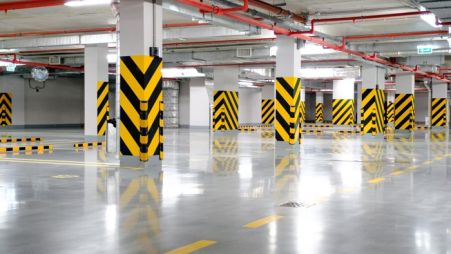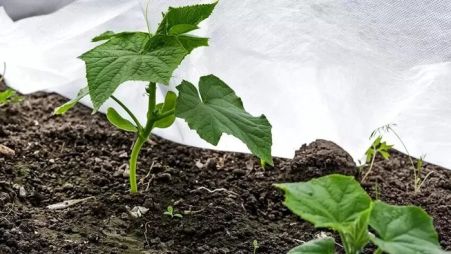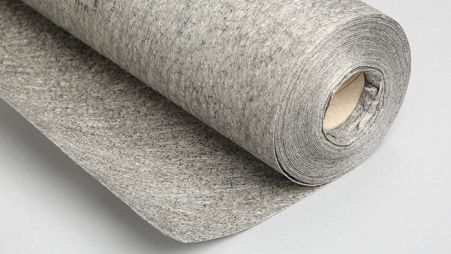Product code: 100005954
Manufacturer's article: 0000o4313
Thermally fixed geotextile density 300 g/sq.m, roll 100 sq.m, 2x50 m Sanpol
Thermofixed geotextile is a non–woven material made by passing a mass of ready-made raw materials from very thin threads through a number of harpoon needles that, piercing the mass of raw materials, entangle the threads with each other. Geotextile is produced by heat treatment of polyester or polypropylene fibers. Thanks to additional heat treatment, high strength characteristics, filtration and drainage properties of geotextiles are ensured. Geotextile has increased resistance to pushing and stretching.a relatively new universal material, the use of which has become possible in many areas due to its strength characteristics, increased wear resistance and good tensile and tensile strength.
Advantages:European quality of materials, availability of all necessary certificates
- environmental safety
- has a long service life (more than 25 years)
- it has excellent water permeability
- resistant to mold, does not rot and is not subject to corrosion
- unique wear resistance
- high coefficient of stretching
- no stratification
Thermofixed geotextile is a non-woven material consisting of polyester threads. Practical material reduces the cost of construction and prolongs the service life of structures. Geotextile has become indispensable in agriculture and horticulture, it is impossible to do without it in the construction of roads and railways, tunnels, hydraulic structures, sidewalks, when installing drainage systems, when laying underground utilities.– this is a non-woven material made by passing a mass of ready-made raw materials from very thin threads through a number of harpoon needles that, punching through a mass of raw materials, entangle the threads with each other.
If the main purpose is to be used in road construction, where strength is an important indicator, we choose thermofixed geotextile
Manufacturing technology: Granulated polypropylene is extruded into fibers, which are further processed first on a carding machine, and then on a needle punching machine.
Many types of products undergo heat treatment with infrared radiation, hot air or calendering.
Main functions:separation
- filtering
- drainage
- protection
- gain
- tension equalization
Application in construction:Road construction – separation of different layers of road construction, reinforcement and increasing the bearing capacity of the road base;
- Civil engineering – used as a separating layer of various materials, and is also a reliable protection of membranes from mechanical damage;
- Filtration and drainage systems - prevents the penetration of fine-grained material into the drainage layer, protects drainage pipes from silting and strengthens the soil;
- Hydraulic structures – is a reliable protection of waterproof membranes from ruptures, prevents the erosion of the banks of rivers and lakes.
Surface density - 120 ± 6 g/m2
Roll width - 200 cm
Breaking force along the length - not less than 2.8 kN / m
Breaking force in width - not less than 2.8 kN/m
Elongation at break in length - no more than 60%
Elongation at break in width - no more than 90%
Roll size: 2m x 50-100 sq. m (100-200 sq.m.)
Material: Polypropylene;
Density: from 100 to 200 g/sq.m;
Color: white.
What are the recommendations for the use of geotextiles?
- Density 100-150g/m2 – for the arrangement of lawns, decorative reservoirs, for the separation of layers of soil-crushed stone-screening-sand, drainage systems, blind area, inversion roof (protective geomembrane), garden paths, sports fields with artificial turf, sports fields with natural grass, slopes.
- Density 180-200 g /m2 – in the construction of foundations, sidewalks, artificial reservoirs, for the protection of waterproofing membranes, in the organization of drainage systems, as a separating layer of soil-crushed stone-sediment-sand, road works, parking lots, roadbed, slopes, shelter thermophilic plants.
- Density 250g/m2 – construction of the foundation of the building, paving paving slabs, construction of parking, construction of roads for cars, to strengthen the slope, hydraulic works, artificial reservoirs, reservoirs, drainage.
- Density 300g/m2 – in the construction of highways, highways, roads for freight and technological transport, parking lots with heavy machinery, general-purpose roads, as a reinforcing layer when strengthening embankments and slopes, as a protective layer when laying geomembranes, PVC membranes, geogrids.
Which geotextile is better: white or black?
Выбор между белым и черным геотекстилем зависит от конкретных условий и предпочтений.
- Черный геотекстиль обычно используется для создания более эстетичных ландшафтов и ассимиляции с окружающей средой. Он также поглощает солнечный свет, что может помочь ускорить процесс нагревания почвы в холодные месяцы.
- Белый геотекстиль, с другой стороны, отражает солнечный свет и может помочь сохранить прохладу в зоне его применения.
How long does geotextile last?
The service life of geotextiles depends on the quality of the material, operating conditions and intensity of use. On average, well-installed, high-quality geotextiles can last from 5 to 20 years. However, in some cases, the service life can be longer, especially if the geotextile is used in low-intensity conditions and is maintained properly.
What is the difference between geotextiles and spunbond?
Although geotextiles and spunbond (agrofabric) are both used to protect soil from weeds, they have significant differences in composition and functionality. Geotextiles are usually made from polypropylene or polyethylene and are designed for long-term use under load. Spunbond, on the other hand, is usually made of polypropylene and has a lighter structure, intended mainly for temporary protection of plants from weeds.
Purchasing high-quality geotextiles for your project is easy and convenient in the Budlea online store. We offer a wide range of high quality geotextiles at competitive prices to help you achieve success in your construction or landscaping project.
How to replace geotextiles against weeds?
In case you are looking for an alternative to geotextiles for weed control, one option may be to use mulch. Mulch also helps suppress weed growth, retains soil moisture and prevents soil erosion. Additionally, natural materials such as straw or sawdust can be used as an environmentally friendlier alternative to geotextiles.
What do you put under geotextiles?
Gravel or crushed stone is often placed under geotextiles. This helps create additional drainage and provide a more stable base for the geotextile. In addition, special impregnations or preparations can also be applied to the soil to prevent weed germination.
Which is the best geotextile to buy?
When choosing geotextiles, you should pay attention to its density, strength, permeability and resistance to environmental influences. The best choice depends on the specific conditions and requirements of your project. It is recommended to consult with professionals or construction experts to select the most suitable option.
Do I need to put geotextiles at the bottom of the bed?
Placing geotextiles at the bottom of the bed can be beneficial in preventing weed growth and retaining soil moisture. However, this depends on the specific conditions and requirements of your gardening project. Before making a decision, it is recommended to conduct a soil analysis and consult with experienced gardeners or agronomists.



